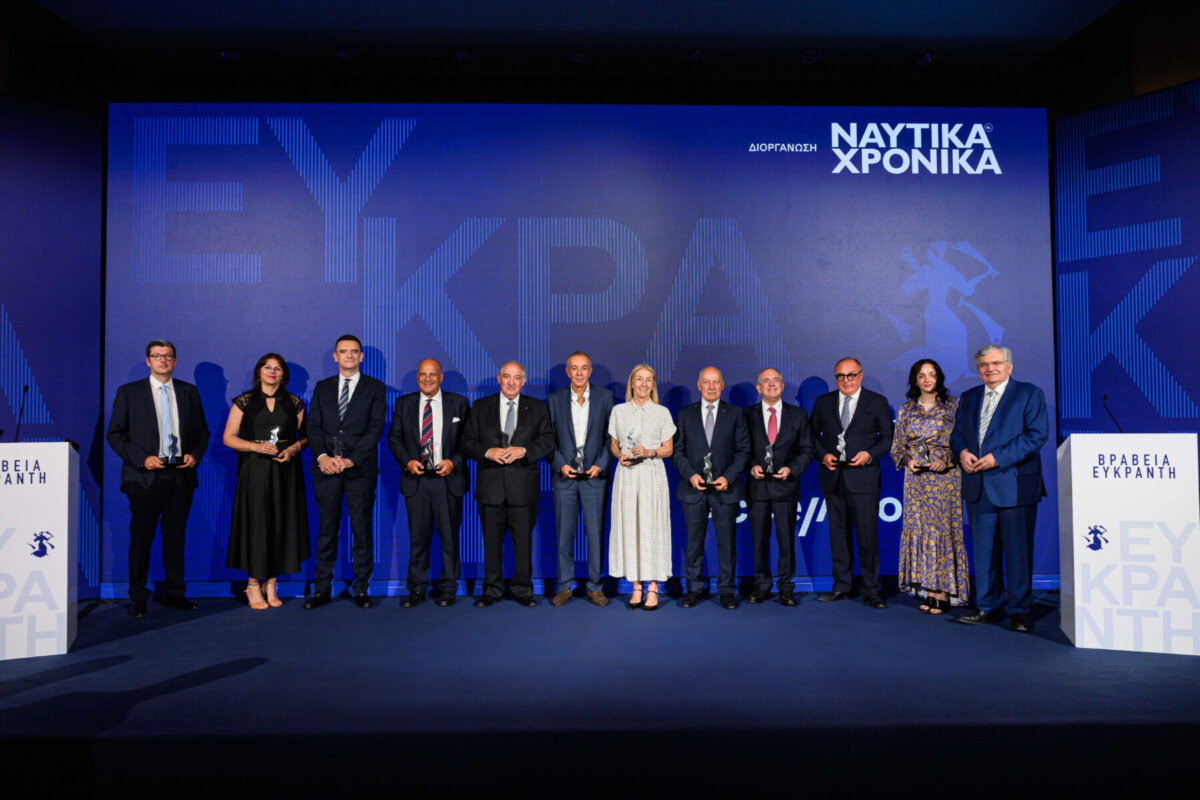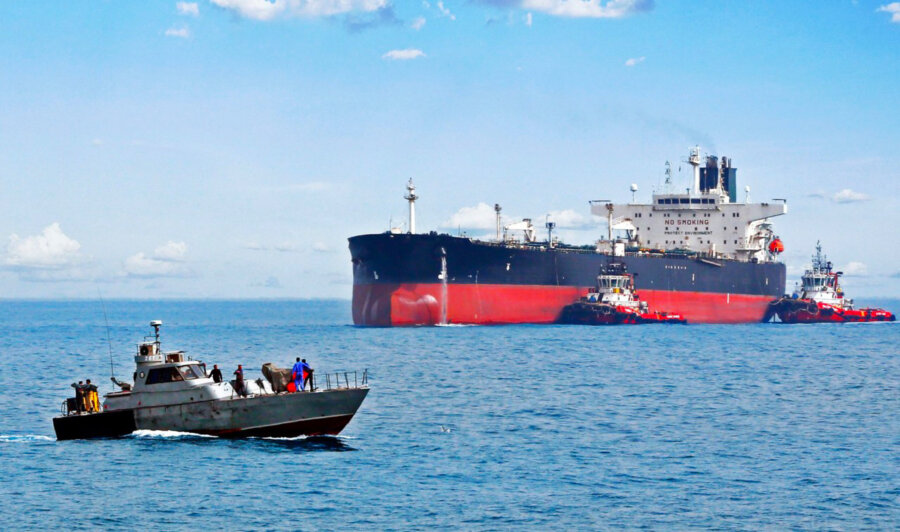
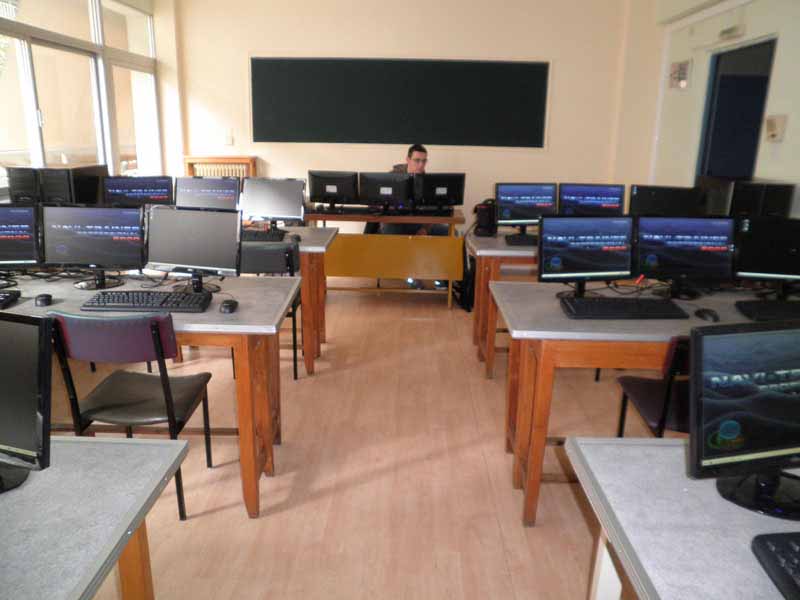
The ECDIS1 Comes onboard
By Ch. Roukis, Commodor Hellenic C.G.- (ret.)
ECDIS Requirements
Since 2002 it has been an option for vessels to be fitted with an Electronic Chart Display and Information System (ECDIS) along with a backup arrangement as a means of fulfilling the requirement under SOLAS regulation V/19-2.1.4 for the vessel to carry nautical charts for the intended voyage. This option is now being changed into a mandatory requirement as at a meeting of the IMO Maritime Safety Committee in May / June 2009 further amendments to SOLAS regulation V/19 were made to make the carriage of ECDIS mandatory on vessels engaged in international voyages with an expected date of entry into force of 1st January 2011. The implementation schedule for the carriage of ECDIS on new and existing vessels is as follows: • New passenger vessels of 500 GT and upwards constructed on or after 1st July 2012. • New tankers of 3,000 GT and upwards constructed on or after 1st July 2012. • New cargo ships, other than tankers, of 10,000 GT and upwards constructed on or after 1st July2013. •New cargo ships, other than tankers, of 3,000 GT and upwards but less than 10,000 GRT constructed on or after 1st July 2014. • Existing passenger ships of 500 GT and
1. Electronic Chart Display and Information Systems upwards constructed before 1st July 2012 not later than the first survey on or after 1st July 2014. • Existing tankers of 3,000 GT and upwards constructed before 1st July 2012 not later than the first survey on or after 1st July 2015. • Existing cargo ships other than tankers of 50,000 GT and upwards constructed before 1st July 2013 not later than the first survey on or after 1st July 2016. • Existing cargo ships other than tankers, of 20,000 GT and upwards but less than 50,000 GT constructed before 1st July 2013 not later than the first survey on or after 1st July 2017 . • Existing cargo ships other than tankers, of 10,000 GT and upwards but less than 20,000 GT constructed before 1st July 2013 not later than the first survey on or after 1st July 2018. As can be seen from the above there are no mandatory carriage requirements for existing cargo ships of less than 1 0,000 GT.
The new regulations will not only require new equipment comprising a primary and backup system to be fitted, but also the training of deck officers in the use of the equipment, changes in the provision of charts and chart corrections to the vessel from shore, and changes to the Safety Management System. You can be referred to the IMO circular SN.1/Circ.276 on ‘Transitioning from Paper Chart to Electronic Chart Display and Information Systems (ECDIS) Navigation’ for additional guidance and information.
Documentation for ECDIS training
To check the knowledge and competency of ECDIS and its proper use, the European Union has provided «Guidelines for Port State Control on Electronic Charts» (Paris Memorandum of Understanding). These guidelines explicitly require, for both ENC and RCDS mode, to check if the Master and deck watchkeeping officers are able to produce appropriate documentation that generic and type-specific ECDIS familiarisation has been undertaken.
Training objectives
The overall objective of ECDIS training is to enhance navigation safety. In rather general terms, this includes
• Safe operation of the ECDIS equipment • Proper use of ECDIS-related information • Awareness of ECDIS-related limitations • Knowledge of legal aspects an responsibilities related to electronic charts
Following the aforementioned PMTC is announcing the provision of ECDIS training course with the use of two types of ECDIS Simulators:
i) KONGSBERG ECDIS simulator which is installed in the full mission Polalis Bridge Simulator located on the fourth floor of PMTC building and
ii) TRANSAS NT Pro 5000 v5.10 Simulator which includes a TR-S-NTP4-STD-5W03 Conning Display module, a Radar/ARPA Simulation module and a Transas Navi-Salor 4000 ECDIS, located on the second floor of this building.
The duration of the course depends on the choice by your company either for refreshing or new comers to this course as per STCW 78/95 Reg. II/1 and the IMO Model Course 1.27.
The tuition fees are negotiable depending of the number of trainees to attend this course with a maximum of twelve trainees.
For any further information you can also visit our website www.sranis.gr or you can contact by e-mail to pmtcrani@otenet.gr
Mr. Roukis is Training Manager in the Piraeus Maritime Centre.
ΝΧ
Συντακτική ομάδα Ναυτικών Χρονικών

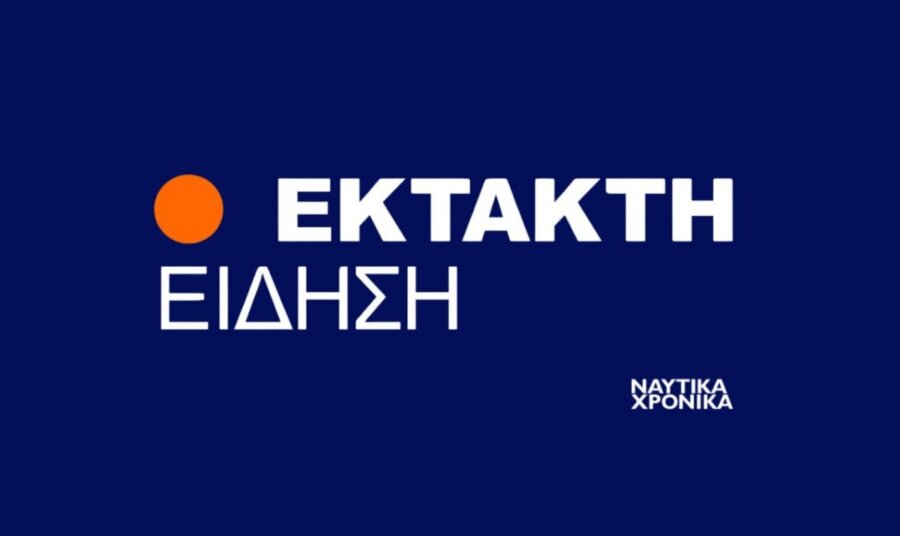
Νέα επίθεση σε ελληνόκτητο πλοίο στην Ερυθρά Θάλασσα
Ένα ακόμη σοβαρό επεισόδιο εκτυλίχθηκε στην Ερυθρά Θάλασσα, 51 ναυτικά μίλια δυτικά της Al Hudaydah. Σύμφωνα με την UKMTO εμπορικό πλοίο δέχθηκε επίθεση από…

Χούθι: Βυθίστηκε το ελληνόκτητο πλοίο «Magic Seas»
Οι αντάρτες Χούθι της Υεμένης ανακοίνωσαν ότι το ελληνόκτητο εμπορικό πλοίο «Magic Seas» που στοχοθέτησαν χθες, βυθίστηκε σήμερα στην Ερυθρά Θάλασσα. Οι αντάρτες ανέλαβαν…

Επίθεση σε ελληνόκτητο bulk carrier: Η αντίδραση της INTERCARGO
Με ανακοίνωσή της η INTERCARGO καταδικάζει την πρόσφατη ένοπλη επίθεση εναντίον του ελληνόκτητου bulk carrier «Magic Seas» στις ακτές της Υεμένης. Το πλοίο φέρεται…
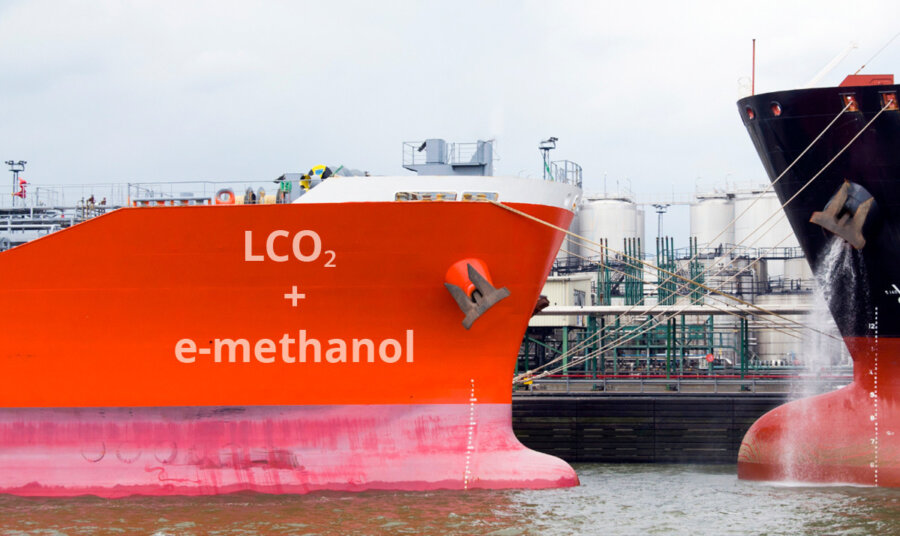
Αποκαλυπτήρια για το πρώτο στον κόσμο πλοίο διπλής μεταφοράς LCO₂ / μεθανόλης
Η καινοτομία γύρω από τη μεταφορά υγροποιημένου διοξειδίου του άνθρακα (LCO₂) και συνθετικής μεθανόλης (e-methanol) εισέρχεται σε νέα εποχή, με την παρουσίαση του πρώτου…
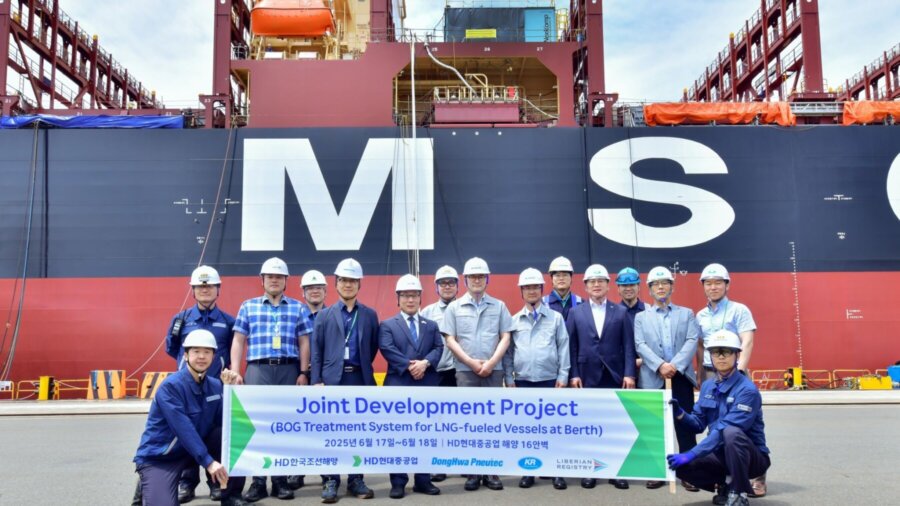
Παγκόσμια πρωτιά της Ν. Κορέας στην ανακύκλωση των αερίων BOG
Μια πρωτοποριακή τεχνολογία, που επιτρέπει την ανακύκλωση του αερίου BOG (Boil-Off Gas) από πλοία που καταναλώνουν υγροποιημένο φυσικό αέριο (LNG) κατά τη διάρκεια της…
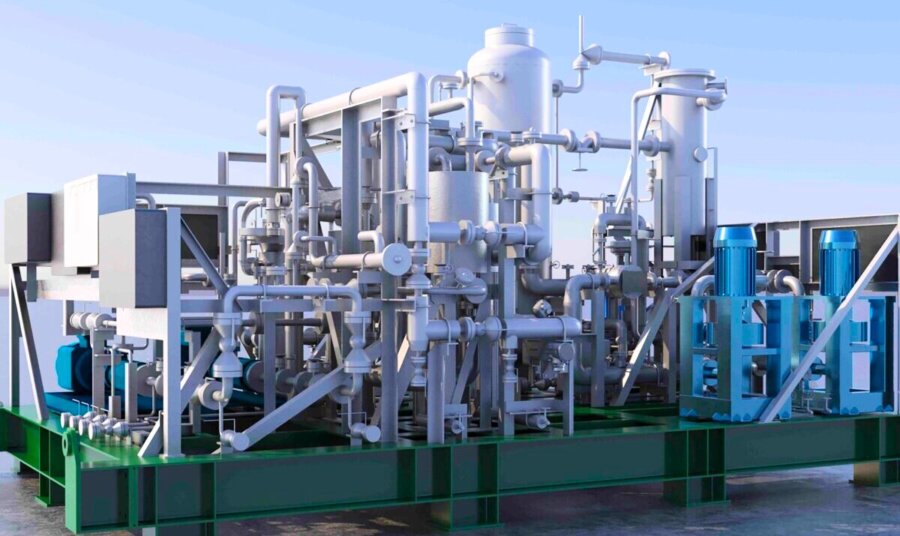
Νέα πρότυπα στην ασφαλή και αποδοτική χρήση της αμμωνίας ως ναυτιλιακού καυσίμου
Η νέα τεχνολογία τροφοδοσίας καυσίμου αμμωνίας ecoFGSS-FLEX, που αναπτύχθηκε εσωτερικά από την LGE, θέτει νέα πρότυπα στην ασφαλή και αποδοτική χρήση της αμμωνίας ως…

Προσεχώς αύξηση στην παραγωγή πετρελαίου του OPEC+
Προ των πυλών βρίσκονται οι νέες αυξήσεις στην παραγωγή πετρελαίου του OPEC+, καθώς τα μέλη του Οργανισμού συμφώνησαν να επιταχύνουν την άρση των περικοπών…
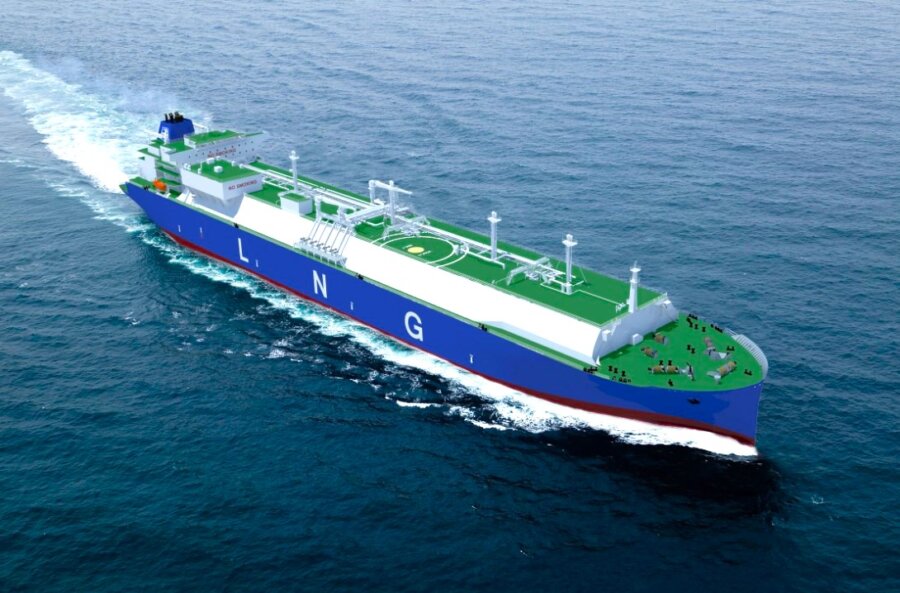
Δυναμική είσοδος της Δυτικής Αφρικής στον χάρτη του θαλάσσιου εμπορίου LNG
Η πρόσφατη υπογραφή μνημονίου συνεργασίας (MOU) μεταξύ της Σιέρα Λεόνε και των εταιρειών Ceca και AG&P συνιστά ορόσημο για την ανάπτυξη των ενεργειακών υποδομών…
